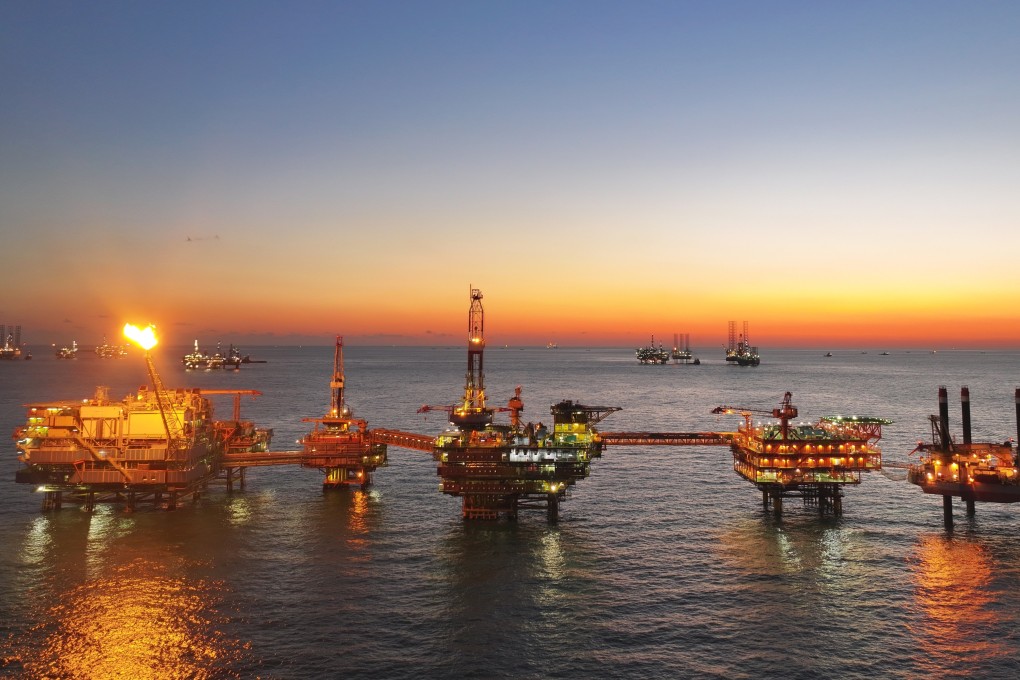Opinion | No easy answers to China’s raging thirst for oil
- Drilling for deep-sea, offshore oil entails high costs and fracking carries unique challenges. Ultimately, China must drastically cut oil use

The discovery well produced about 210 cubic metres (55,476 gallons) of crude oil and nearly 1 million cubic metres (35 million cubic feet) of natural gas a day, a record for a gas productivity test in Bohai Bay, CNOOC said.
This comes after CNOOC launched crude oil production at its Enping 21-4 project in the South China Sea in June. Production is expected to peak at about 5,300 barrels of oil equivalent a day by 2025.
Since the start of the year, CNOOC has announced two other significant discoveries and each is expected to add over 100 million tonnes of oil equivalent – one in the deepwater Kaiping South oilfield in the Pearl River Delta, near Guangdong province, and the other in the Qinhuangdao oilfield in the Bohai Sea.
These reflect China’s push in recent years to tap more deepwater oil as its onshore oilfields mature and near the end of their productive life. Last year, China produced 208 million tonnes of crude oil – a robust 4.18 million barrels per day (bpd), but still below the 2015 record of 4.3 million bpd.
